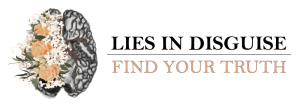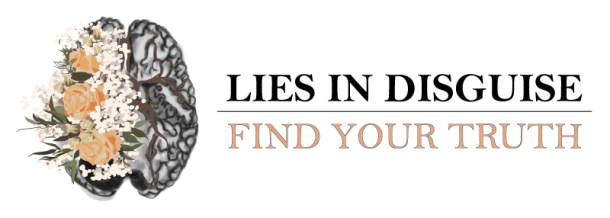Humans are complex beings which can readily experience two opposite feelings at the same time – for example: seeing someone on vacation and feeling happy for them while at the same time feeling sad for yourself.
Children in their very early development are unable to hold these complexities yet. The world and those in it (including themselves) are either good or bad, either heroes or villain’s. A child’s thinking is black and white. There is no gray – no complexity. This is normal. When childhood development is interrupted with abuse, neglect and/or other forms of trauma however, their development can become stunted and such an individual can grow into adulthood retaining this childlike perspective.
I WAS just such an individual . . .
This black and white thinking, also called all or nothing thinking, is a type of defense mechanism called splitting.
Splitting is significant in Borderline personality disorder and is defined in one’s relationships as idealization and devaluation, which leads to very turbulent interactions; hence the very fitting title of the book ,
“I Hate You, Don’t Leave Me: Understanding the Borderline Personality”
I navigated the world through this lens and caused myself and others much confusion and grief. For some time, my sense of identity became split into two separate versions. A bad self and good self. For most of my childhood and early adolescence I viewed myself as “bad”, and so, like a self-fulfilling prophecy, bad I became.
By age eleven I had lost my child-like innocence, and it was replaced by anger. I began binge drinking, stealing, experimenting with substances. This version of self helped me to escape (temporarily) from the painful emotions and thoughts about myself and my traumatic experiences. It gave me a sense of freedom and power until the consequences of my actions caught up with me and I became even more enslaved and powerless.
One day I thought, “This isn’t working anymore” . . . “I don’t want to be this way anymore”.
Soon thereafter, I moved out of the city and up north into a small town. I had some relatives there, but for the most part, nobody really knew me, and what I had become . . . I had the opportunity of a fresh start, and so, I went back to high school, graduated with honours, and went straight to college which gave me a new career to follow. I opened a business, bought a home, was in a relationship. From the outside, everything appeared perfect and so I hoped it was.
I had created a good self, but this version was just as extreme as the one prior. This self was unrealistically perfect.
I was focussed upon being all things to all people while inwardly believing it an act, and I became like this empty vessel or shell – making myself look beautiful and successful on the outside while hiding the darkness underneath – the anger, emptiness and unlovable person I believed I truly was.
If they really knew me they’d run, I thought.
Of course It was not a conscious effort to create these separate “selves”. The mind’s defence mechanism of splitting is an unconscious one, meaning I was not aware I was doing this. This realization came only after much work in therapy and self revelations.
The two selves I speak of are:
- Chaotic self
- Perfect self
Each one is unconsciously designed to avoid painful emotions of rejection and abandonment that I chronically felt as a child (and was terrified to re-experience as coming from those close to me).
When I am my “Perfect Self” I forget about my “Chaotic Self”
When I am in my “Chaotic self” I forget about my Perfect self”
This is the essence of splitting – cutting off one self, where it seems to no longer exist. These two selves are extreme opposites and could not coexist together, bouncing back and forth between chaos and perfection.
In therapy my psychiatrist made me draw a circle on paper and in the circle I had to write down all the parts I perceived of my personality – good and bad. Then, on small separate pieces of paper she wrote them out and placed each one on the chairs around me. I had to then confront each part of me – She first pointed the one that said “Addict” and said “what do you want to say to her “In anger I yelled “I hate you!”
Then I confronted the frightened child part of me – I proceeded to offer comforting words to this part of me. My doctor said, “Don’t you think the addict part of you deserves the same comfort? After all, the addict and the frightened child are the same person . . .”
This was a process that helped me integrate my personality – so I could eventually operate as a whole.
I had to acknowledge and accept ALL parts of me, as well as, learn of many more parts that I had yet to discover (because I was so lost serving others that I really didn’t know much about who I really was).
Caught up in a battle of Good Self vs Bad Self where no one wins, my doctor said, “Each self worked against the other. Imagine what they could do if they worked together!”
Warmest,
Oriana
xo
Keep healing, keep growing, keep finding your truth









Thank you for sharing your experience with BPD. Your explanation of this disorder is so easy to understand, and it sheds light on my loved ones behaviors.